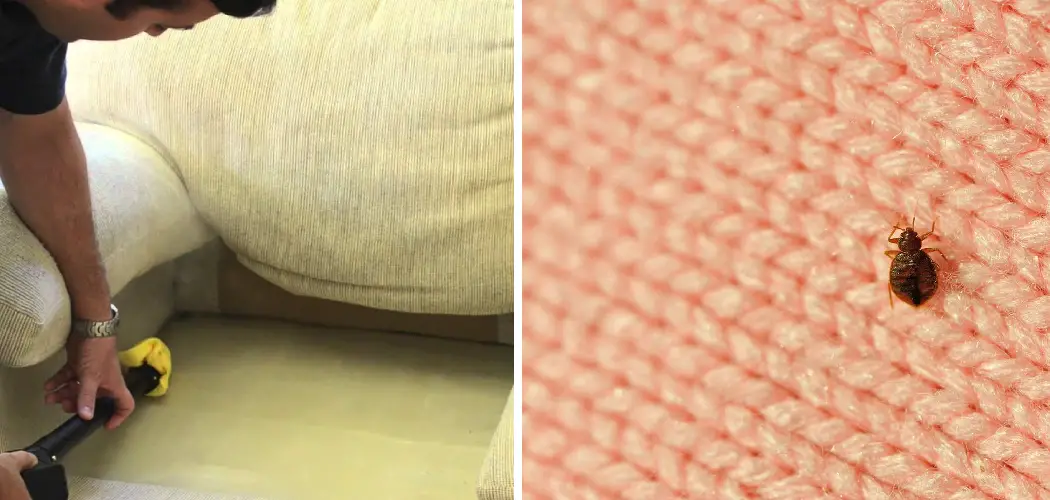Do you have bed bugs crawling inside your furniture and don’t know what to do? If you’re dealing with bed bugs on your table, it can be daunting to figure out the best course of action. Unfortunately, getting rid of them isn’t as simple as spraying some bug killer and hoping for the best! Bed bugs can be a nightmare for anyone, leaving homeowners feeling desperate. Disposing of infested furniture is not easy, as it requires special tips and precautions to ensure that the bugs will not spread or come right back.
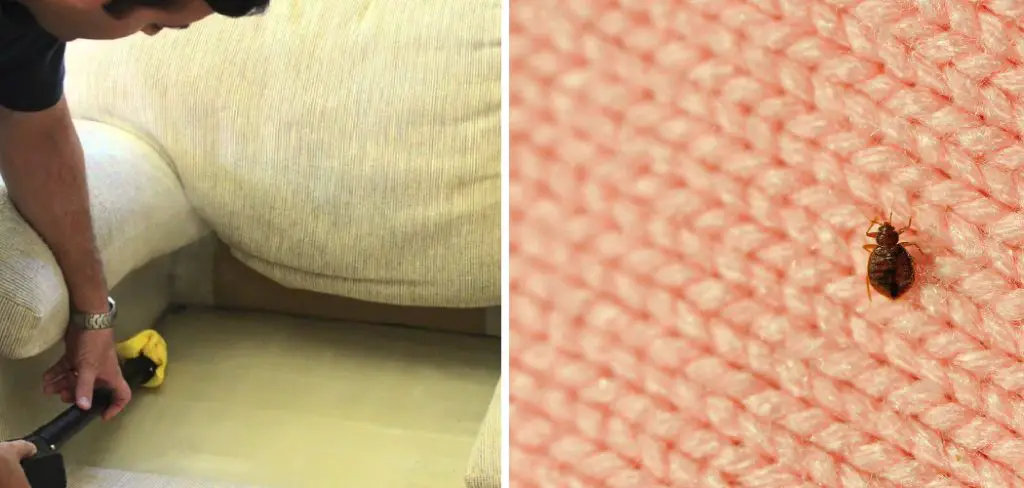
In this blog post, we’ll show you the most effective way of removing furniture with bed bug infestations so that you can breathe easier knowing your home is safe from these unwanted pests! With just a few facts about bed bugs and advice on how to dispose of furniture with bed bugs and safe disposal practices, you can effectively protect yourself and prevent further infestations in your home.
Necessary Items for Bed Bug Disposal
Before disposing of your furniture, it is essential to prepare yourself beforehand. Below are the items you will need:
- Heavy-Duty Plastic Bags: These bags are necessary for packing up infested furniture.
- Duct Tape: This tape will seal the bag tightly once the furniture is inside.
- Thick Gloves: To protect your hands from possible bug bites or chemical exposure.
- Protective Clothing: It is essential to wear clothing that covers your entire body, including long-sleeved shirts and pants while disposing of infested furniture.
- Respirator Mask: This will protect you from inhaling any harmful chemicals during the disposal process.
10 Steps on How to Dispose of Furniture With Bed Bugs
1. Wrapping the Furniture
The first step is to wrap the furniture in heavy-duty plastic bags. It would be best if you used thick enough bags to prevent bed bugs from escaping.
2. Sealing the Bags
Once the furniture is inside the bag, seal it tightly with duct tape. This process will ensure that no bed bugs can escape and infest other areas.
3. Labeling the Bags
It is essential to label the bags clearly, indicating that they contain infested furniture. This will prevent others from contacting it and potentially spreading the bugs.
4. Disposing of the Furniture
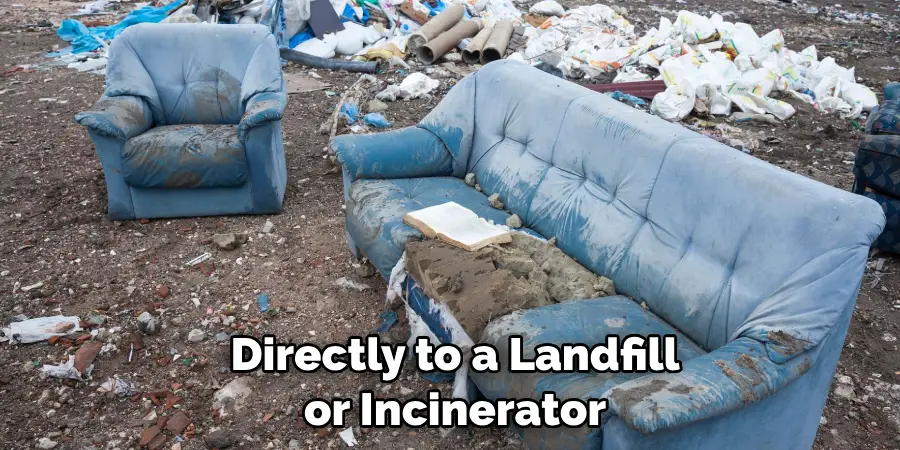
The most effective way to dispose of bed bug-infested furniture is by taking it directly to a landfill or incinerator. This method reduces the risk of spreading the bugs to others.
5. Contacting Local Authorities
Before disposing of furniture, it is crucial to contact your local authorities and inquire about specific disposal protocols for bed bug-infested items in your area. Some locations may have specific regulations or designated areas for disposing of such items.
6. Avoiding Donation Centers
Donating or selling your infested furniture may be tempting, but it is essential to avoid doing so. This can spread the bed bugs to others, creating a larger infestation problem.
7. Not Leaving Furniture on the Curb
Leaving infested furniture on the curb for trash pickup is not recommended as it increases the chance of someone else taking and using it, leading to potential infestations in their home.
8. Disposing of Mattresses
Mattresses are one of the most common items to be infested with bed bugs. To dispose of a mattress, it is best to wrap it in plastic and mark it as infested before taking it directly to a landfill or incinerator.
9. Treating the Area Beforehand
Before disposing of furniture, it is essential to treat the surrounding area and other items in the room for bed bugs. This will help prevent further infestations.
10. Hiring Professional Help
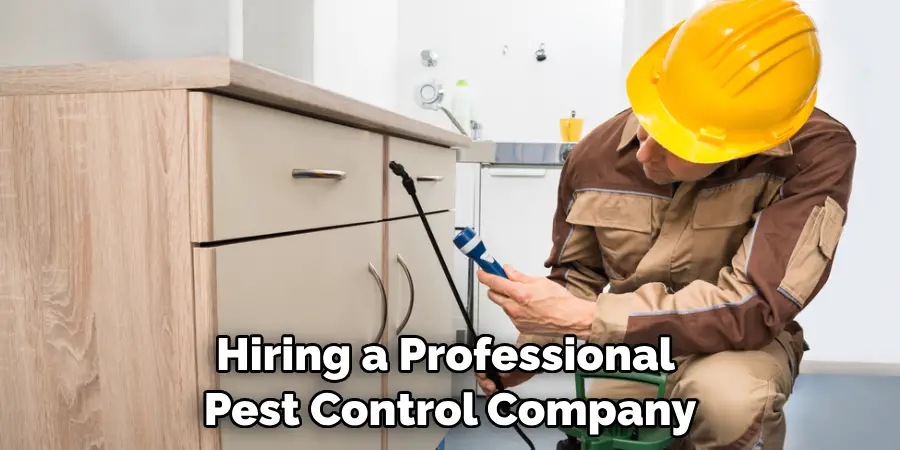
If dealing with bed bug disposal seems overwhelming or you’re concerned about potential health risks, consider hiring a professional pest control company to handle the process. They will have the necessary equipment and expertise to dispose of infested furniture safely and effectively.
With these ten steps, you can confidently dispose of bed bug-infested furniture without fear of spreading the bugs to other areas. Always take precautions and follow proper disposal procedures to ensure a bug-free home! Prevention is key in keeping your home safe from bed bugs, so regularly inspect and treat your furniture for any signs of infestation. Don’t let these pesky pests take over your home – stay vigilant and take action as soon as you spot them!
8 Care Tips for Your Furniture After Bed Bug Disposal
After disposing of your furniture, you must ensure that you don’t bring any bed bugs back into your home. Here are eight care tips to follow:
1. Inspect New Furniture
Before bringing in any new furniture, thoroughly inspect it for any signs of bed bugs. This can help prevent future infestations.
2. Use Protective Covers
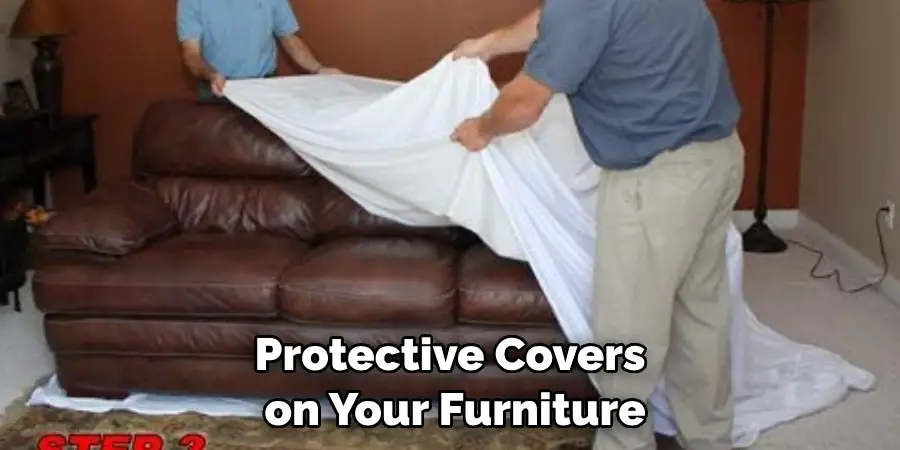
Consider using protective covers on your furniture, especially mattresses and box springs, to prevent bed bugs from infesting them.
3. Regularly Vacuum and Clean
Regularly vacuuming and cleaning your furniture can help eliminate any potential bed bugs that may have been brought into your home.
4. Avoid Second-Hand Furniture
Be cautious when purchasing second-hand furniture, as it may already be infested with bed bugs. If you purchase used furniture, thoroughly inspect and treat it before bringing it into your home.
5. Treat Clothing and Belongings
It’s not just furniture that can carry bed bugs – they can also hide in clothing and personal belongings. If you suspect any items may have come into contact with infested furniture, treat them as well.
6. Use Essential Oils
Some essential oils, such as tea tree oil or lavender oil, are known to repel bed bugs. Consider using these oils around your furniture or adding a few drops to your laundry when washing potentially infested items.
7. Regularly Inspect and Treat
Keep an eye out for any signs of bed bug activity in your home and regularly treat areas where they may hide, such as cracks and crevices in furniture.
8. Seek Professional Help
If you continue to have bed bug problems or are unsure if your furniture is infested, it may be best to seek professional help from a pest control company. They can perform thorough inspections and treatments to ensure your home stays bug-free.
Following these care tips can prevent future bed bug infestations and keep your home safe and comfortable. Early detection and prevention are key in keeping these pests at bay, so stay vigilant and take action when needed.
Frequently Asked Questions on Bed Bug Disposal
Can Bed Bugs Survive in Plastic Bags?
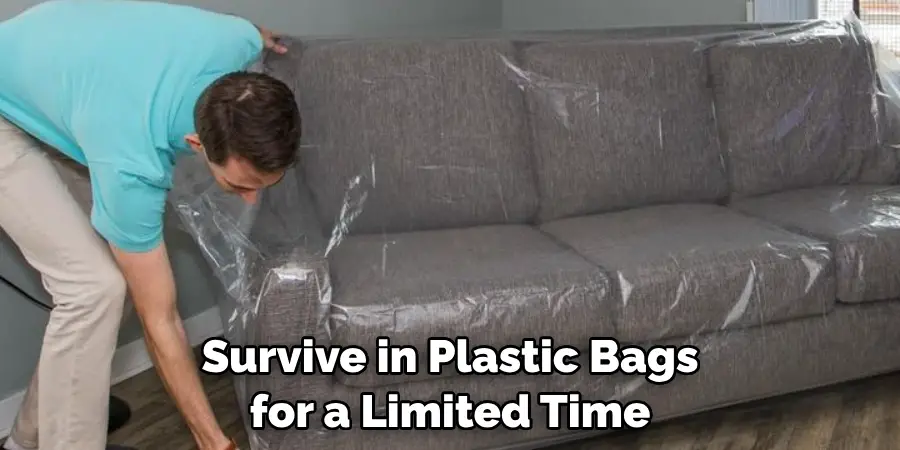
Yes, bed bugs can survive in plastic bags for a limited time. Sealing the bags tightly and disposing of them as soon as possible is essential to prevent any potential escape.
Do I Need to Dispose of All Furniture if One Piece is Infested?
No, it is unnecessary to dispose of all furniture if one piece is infested. However, it is crucial to thoroughly inspect and treat all surrounding areas and furniture for bed bugs to prevent further infestations.
Can Bed Bugs Survive in the Cold?
While bed bugs prefer warm temperatures, they can survive in cold environments for a short period. Extreme cold temperatures, such as those in the Arctic or Antarctica, can kill bed bugs.
How Long Can Bed Bugs Survive Without Feeding?
Bed bugs can survive without feeding for several months, depending on their life stage and environmental conditions. However, they will become weaker and less active without a blood meal over time.
Can I Donate or Sell My Infested Furniture?
No, avoiding donating or selling infested furniture is crucial as it can spread the bed bugs to others. It is best to dispose of the furniture properly following the abovementioned steps.
Is DIY Bed Bug Disposal Effective?
While DIY solutions may seem cost-effective, they are only sometimes as successful as professional treatments. It is best to seek help from a pest control company for effective and safe bed bug disposal.
Conclusion
Properly disposing of bed bug-infested furniture is crucial in preventing the spread of these pests to other areas in your home or to other people’s homes. Following the steps on how to dispose of furniture with bed bugs outlined in this document, you can safely and effectively get rid of infested furniture. Remember also to take preventative measures and regularly inspect and treat your belongings to keep your home bed bug-free.
If needed, seek professional help for the best results. Stay vigilant, and don’t let these pesky pests take over! So, always stay cautious about bed bug infestations and take the necessary steps to ensure your home is always safe and comfortable.
Prevention is the key to keeping these pests at bay, so be proactive in taking care of your furniture and belongings. With these tips, you can confidently handle bed bug disposal and maintain a bug-free home. Don’t let bed bugs ruin your peace of mind – take action now!

